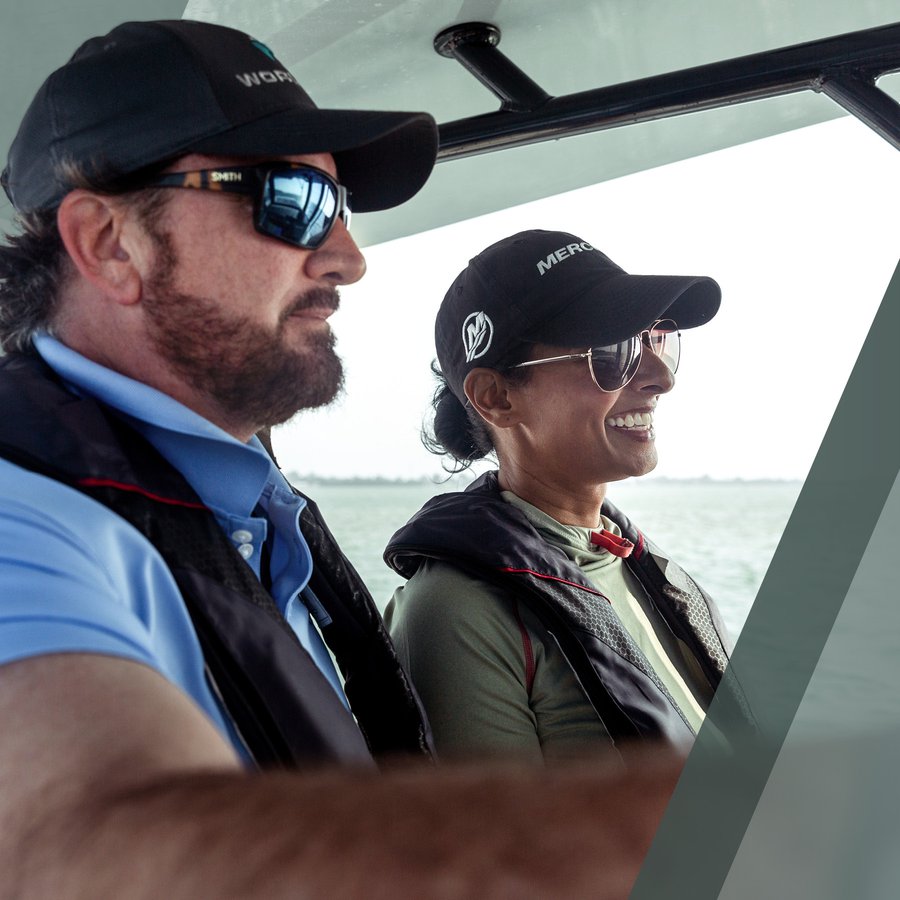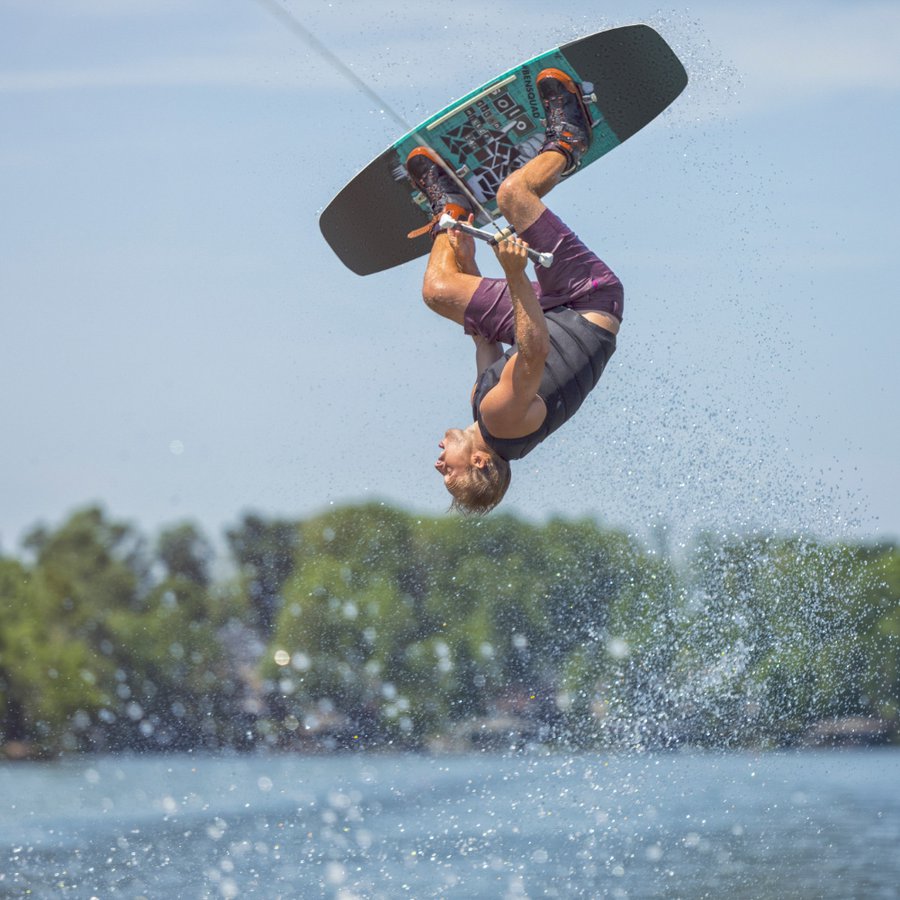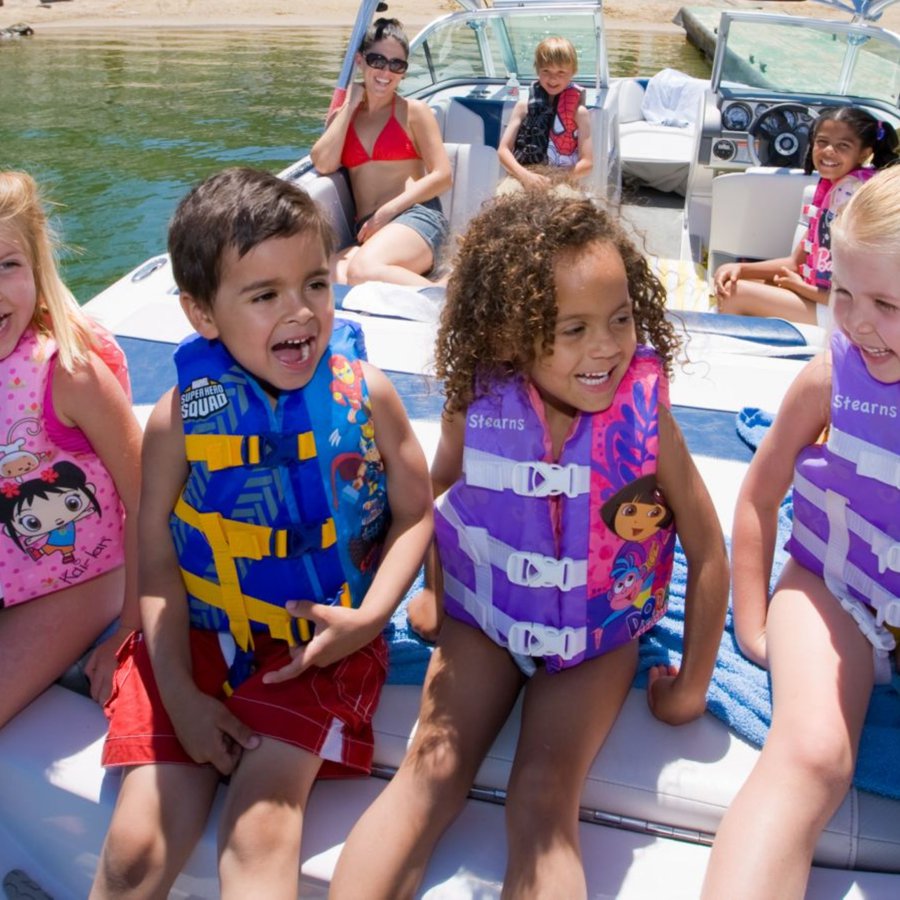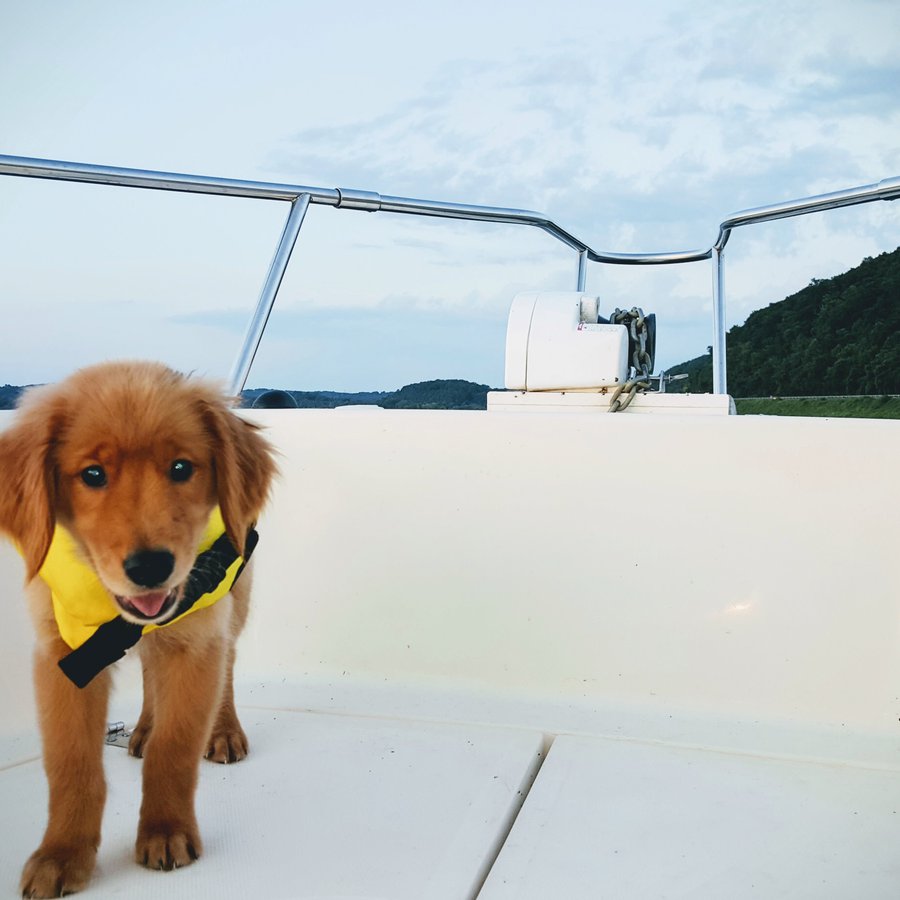No matter how or why you boat – fishing, family fun, exploring or just relaxation – the love of the water is the central thread that ties us all together. But make no mistake – water demands our respect and mindfulness if we are to use and enjoy it safely.
In keeping with the belief that enjoying the water can be simultaneously spirted and safe, Mercury Marine is proud to offer a series of Dockline blog posts relating to life jacket safety for infants, kids, adults, pets and watersports participants – anyone who might get on a boat or otherwise be near the water. The purpose of this series is not to alarm you, but rather to help you prepare and protect yourself and your loved ones so all can safely enjoy life on the water for years and generations to come.
Parents of infants typically dedicate significant time and money to ensure the safety of their infants. From the crib to the stroller, toys to the highchair, they read every review and parenting magazine to ensure they’re doing everything possible to keep their children safe and out of harm’s way.
So how does boating with infants fit into the picture? Everyone has their own standards and comfort level regarding when and how a baby can start riding in a boat, and all parents and caregivers should do their own research and follow parental intuition and applicable laws. No one can or should fault a parent for an abundance of caution concerning their child.
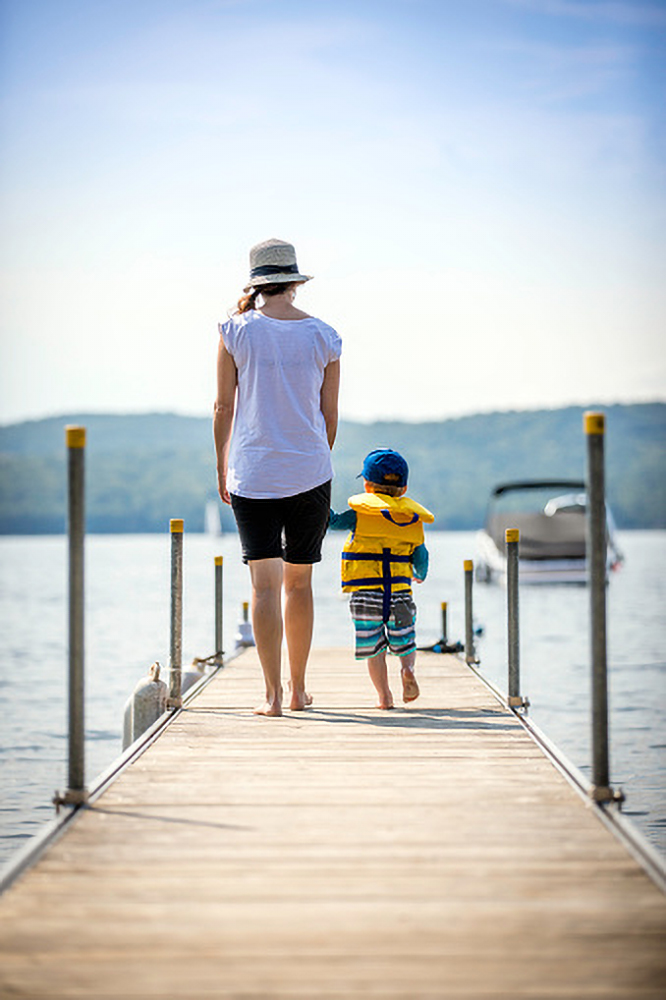
That said, when ready to take an infant out on the boat, they’ll need a United States Coast Guard-approved Type II infant life jacket, appropriately sized. The PFD should be worn at all times (subject to some very limited exceptions, such as in an enclosed cabin (check your state Department of Natural Resources website for details) when the child is anywhere near the water.
There are many styles and brands of infant PFDs available, but no matter which a parent chooses, it should possess the following characteristics:
- USCG-approved Type II. This type will tend to help turn the child to a face-up position in the water.
- Correct fit. If the jacket can ride up over a child’s chin or face, it’s too big. A good fit also ensures it will be comfortable for all-day wear.
- Correct weight capacity. The jacket will not be effective for children above or below the published weight range.
- Between-the-legs strap. This strap will help keep the jacket from riding too high in the water, and will minimize the chance of the baby sliding through the bottom of the PFD.
- High collar with grab handle. The collar will help support the child’s head in the water, and the handle will provide something for adults to quickly grab onto if the need arises.
- New or excellent condition. Resist the urge to accept hand-me-downs or buy used to save a few dollars. It’s not worth the risk.
Adults should also note that it’s never appropriate to put a baby in an infant car seat on a boat – it’s not designed to float and will render the PFD useless. Also, use protective clothing, shade and age-appropriate sunscreen to ward off sunburn, and watch carefully for signs of overheating and dehydration.
Participating with an infant in any activity requires an increased level of preparation and patience, and boating is no exception. But the small bit of time and effort required to obtain an appropriate life jacket for a child and ensure its proper use will help keep them safe and will start instilling in them a lifelong love and appreciation for the water.




















